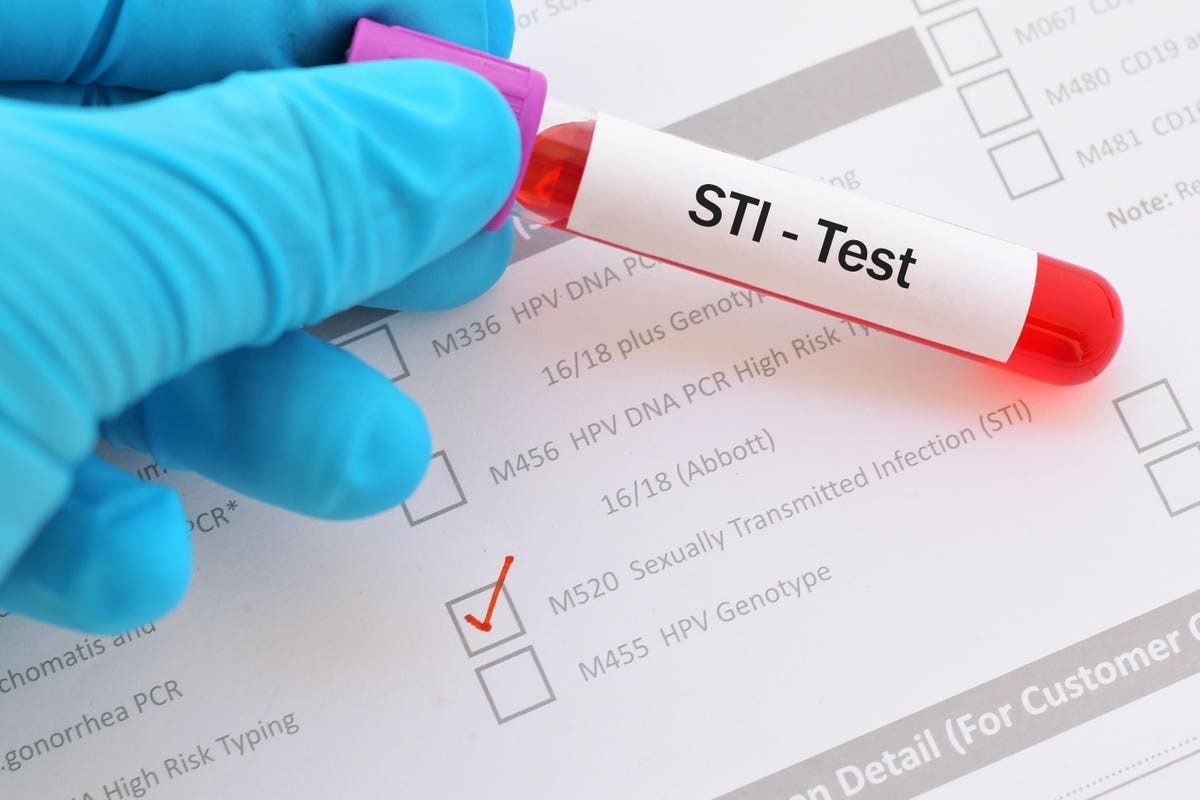Infection
As Sexually Transmitted Infection Incidence Rises Globally, Public Health Now Emphasizes Treatment As Prevention Over Condoms
September is sexual health month. It’s a time to assess levels of sexual health in the local community, but also nationally and globally. With sexually transmitted infection incidence rising worldwide, public health approaches increasingly emphasize treatment as prevention. While condoms were once integral to public health campaigns aimed at preventing STIs, particularly at the height of the AIDS crisis, this is much less the case today.
Yet the U.S. tallied 2.5 million STIs in 2021, many of which could have been averted with the use of condoms. Among the STIs, chlamydia, gonorrhea and syphilis infections have been rising the fastest. Between 2009 and 2021, there was a 118% increase in reported gonorrhea cases in the U.S. And, in 2021 alone, there was a 49% jump in syphilis infections among women.
And so, despite the U.S. being close to eradicating syphilis in the early 2000s, the disease is ripping through communities. To make matters worse, the intersecting problem of rampant substance abuse is exacerbating the syphilis issue.
Meanwhile, condom use has steadily declined, in spite of being one of the most effective ways of curbing the spread of sexually communicable diseases. A series of nationwide surveys show a dramatic drop-off in condom use between 2011 and 2021: From 75% to 42%.
Collection of condoms.
getty
The focus of public health officials now is treatment as a form of prevention, its potential pitfalls notwithstanding.
As rates of infections soar across the U.S., a commonly used antibiotic docycycline, nicknamed doxy-PEP, is being used to avert chlamydia, gonorrhea and syphilis infections, particularly in gay and bisexual men and transgender women.
Studies indicate that the antibiotic doxycycline taken soon after sexual encounters can work as a post-exposure prophylaxis to stop those infections. In July, the National Coalition of STD Directors posted a best practices toolkit on deployment of the prophylactic. Predominantly, the target sub-groups are gay and bisexual men as well as transgender women who have HIV or take medication to prevent HIV, specifically PrEP or pre-exposure prophylaxis that contains anti-retroviral medication.
HIV affects more than one million people in the U.S. It is acquired mostly through sexual activity or injection drug abuse. Nearly 5,000 AIDS deaths still occur annually in the U.S.
PrEP can reduce the risk of getting HIV through sexual activity by 99%. As long as individuals taking PrEP properly adhere to the treatment their viral load will reduce to undetectable, which in turn implies that they cannot transmit the virus.
Prevention is a vital means of reducing levels of HIV in the population, along with other STIs. In late August, the U.S. Preventive Services Task Force issued an updated guideline on prescribing PrEP. The USPSTF recommends that clinicians prescribe PrEP to persons who are at increased risk of contracting HIV. Additionally, the Task Force advises that individuals on PrEP receive counseling about adherence to their medicine regimen as well as protocols pertaining to safer sex, including condom use and regular blood tests for the presence of HIV.
It’s not as if condoms are completely ignored in public health guidelines. But they’re deemphasized in terms of policy focus and allocation of resources. Perhaps because of this they are no longer a popular method. Broadly speaking, PrEP is a preferred tool to prevent HIV, with studies demonstrating that people on PrEP are significantly less likely to use condoms.
Whether PrEP may therefore unintentionally be a driver behind the increase in other STIs, such as chlamydia, is a contentious issue among researchers.
Moreover, the prophylactic use of doxy-PEP has drawn concerns that it could facilitate the emergence of antibiotic-resistant strains of various pathogens and no longer be effective. Roughly 25% of gonorrhea cases in the U.S. are already resistant to the class of antibiotics to which doxy-PEP belongs.
In this light, U.S. health officials are confronting a perception among people that syphilis, chlamydia and gonorrhea are nuisances that can be treated, even though those infected may experience lasting complications including infertility and organ damage.
The kind of complacency being observed in the U.S. isn’t unique. In The Netherlands, for example, a recently published report suggests that despite a 33% uptick in gonorrhea cases in 2022 many young people are saying, “so what, there’s a pill for it.” The implication is that there’s no need to practice safe sex.
The advent of PrEP and doxy-PEP have enabled folks to have condom-less sex with a drastically lower risk of contracting HIV and diminished chances of certain other STIs. However, this still leaves people susceptible to STIs that can spread easily through fluids and skin-to-skin contact.
Consistent usage of condoms in addition to preventive treatments would offer optimal protection. But the current dearth of government funding for condom distribution is conspicuous in this day and age in which public health agencies appear to prioritize treatment as prevention in the form of PrEP and doxy-PEP.

